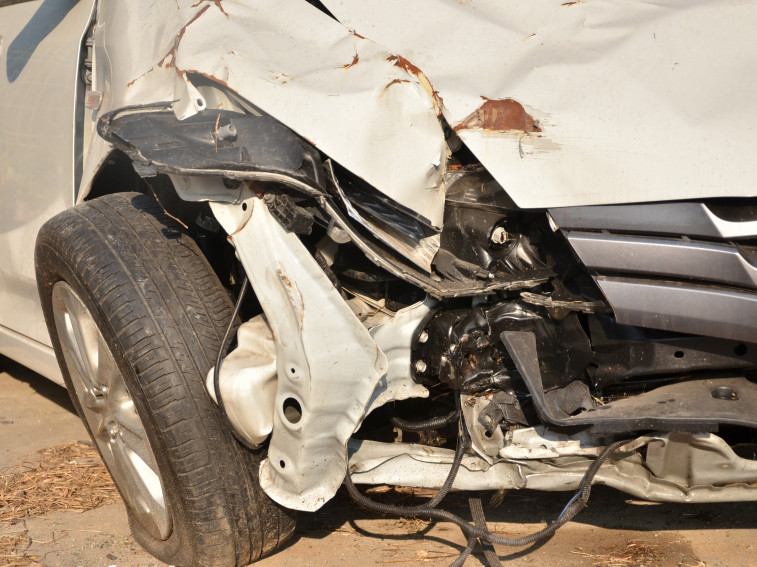We stock a huge range of crash damaged vehicles in our online vehicle auctions here at RAW2K, many of which are still useful for a number of our customers, including professional mechanics. A quick look through these vehicles will show that one of the most common places for cars to sustain this damage is their bonnet. This is where the crumple zone comes into play. Essentially, it’s a structural feature designed by Austro-Hungarian engineer Béla Barényi, who set out to create a measure that would protect drivers and passengers from harm should the vehicle suffer a head-on collision.
What is the crumple zone?
A crumple zone is an area where extra protection is provided. This is usually ensured using a reinforced steel cage that repels impact forces externally. For instance, with a frontal impact, a car is designed to be able to largely crumple down at the front despite the engine being fitted there. It will effectively crumple in on itself ahead of the windscreen while leaving the front and rear passenger areas largely or completely intact. The primary reason for the invention from Béla Barényi (who patented 2,500 inventions over his lifetime) was obviously to make car travel safer.
How does it protect passengers inside a vehicle?
Energy absorption is the key to the design. Without a vehicle design that is built to withstand impact at the front, the rear, or the sides, the people inside would be crushed. Energy would pass through the vehicle until it reached the centre. However, from the front and rear bumpers to other areas of the vehicle outside of the protected centre, there are layers of buffer. The design is also there to fold out as an impact is sustained using the available space in front, behind or on either side of the car.
Does a crumple zone save lives?
Most definitely they do. They’re very important because their energy absorption design effectively decelerates the vehicle and passengers. There’s a bit of science involved but we’l try not to get too deeply into it! Essentially, in a 30mph crash, the vehicle may come to an immediate halt but the passengers in the vehicle are still moving at the previous rate. This is due to inertia.
Due to the crumple zone, each part of the vehicle that crunches down eliminates some force and speed. As each subsequent part of the vehicle sustains an impact, more speed is reduced. It’s akin to walking quickly and then intentionally almost coming to a dead stop, then moving ahead and stopping once again; a stuttering slowing of your movement results. The same effect saves the lives of people traveling in vehicles – the faster the rate of travel, the more it helps.
What about air bags and seat belts?
Air bags at the front and in the doors are also there to reduce the speed that the body is moving. Any braking manoeuvre will propel any passenger’s body forward which is why seat belts are so vital. However, a violent jerk of the head forward can be dangerous to the human neck. With an air bag, it prevents the head moving forward too quickly, provides added support and avoids it colliding with the steering wheel or dashboard.

Ultimately, it’s the combination of a variety of safety measures which makes vehicle travel infinitely safer.
Here at RAW2K, whether you’re specifically looking for crash damaged vehicles or searching our online vehicle auctions for a new motor, you’re sure to find what you’re searching for. We’ve got a huge range of vehicles from leading manufacturers, including Mercedes, Peugeot and Audi - so take a look around, and see what catches your eye!




